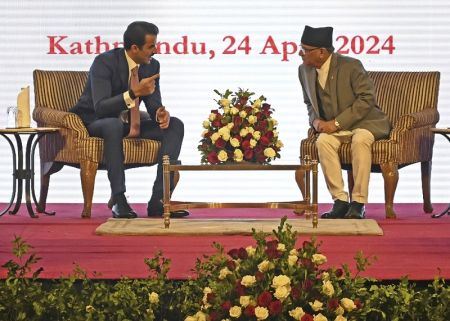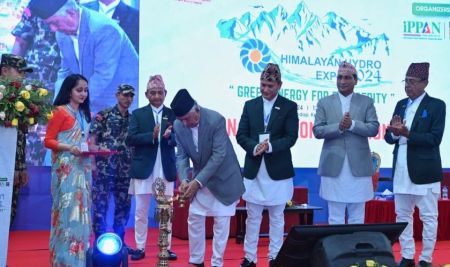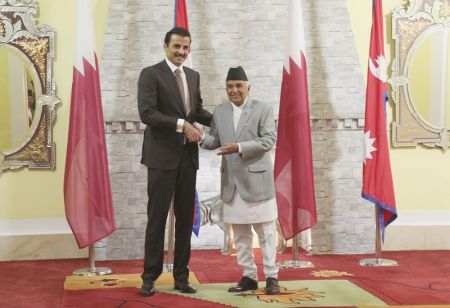From the Editor

| A four-day ‘Made in Nepal Products and Service Expo-2012’ that concluded on 9th September in Kathmandu created hype of a sort with its tagline: afno bhanya afnai ho (our own, means our own). Two weeks later, Nepali elite class was seen scrambling to buy jackets made of allo (stinging nettle plant with scientific name Girardinia diversifolia) fibre in the Small and Cottage Industries Products’ Exhibition. Everyone, from prime minster to the commoner who visited these fairs, and the media alike, portrayed these as the moments proud to be. Indeed they were, but rather more emotionally. |
These expos and exhibitions designed to showcase and promote Nepali products and services no doubt are welcome endeavors. For that matter, any business initiative at a time when almost all economic and manufacturing activities in Nepal are dented by the prolonged political crisis is praiseworthy. But, the kind of twist these expos brought in to trade ‘afno’ emotions than goods and services warrants a serious debate on the very concept of ‘made in Nepal’ and its indispensability for the national economy.
Let’s think beyond debatable issues of whether everything showcased in these exhibitions was truly a Nepali product. In the present globalised and highly interconnected world, can any economy of the size of Nepal operate and manage her ‘own’ economy and, is it at all necessary to be so? Or, shouldn’t we now think of making Nepal a ‘profitable economy’ than being falsely proud with hollow emotional swipe?
Unquestionably, Nepal needs to produce and sell products and services that have comparative and competitive advantages, mainly those that are profitable both in domestic and international markets. First, the very concept of self-producing everything we need must be abandoned. Second, generating pride by renaming or changing the label to ‘made in Nepal’ of the goods produced by others is surely not an ethical practice and not going to help even our psychological bliss of industrialism, let alone economy.
We saw a swadeshi, self-reliant economic paradigm in the economies like India for almost half a century that got reverted to open market only at the beginning of 1990s. But, swadeshi policy could hardly help the market of its own of such a large size, apparently capable of creating economies of scale in any given sector. Even in our case, the guided economy of the panchayat era tried to produce everything through the state-owned entities -- from cigarettes to sugar and, run transport services to groceries outlets. Clearly, the prime objectives in those both cases were to create an economy of ‘national pride’ not a profitable economy based on cost-benefit analysis. Now we have the results in front of us – in the form of an absolutely tattered economy and also pathetic fate of these state-owned establishments, as an outcome of these costly prides.
The official figures of the last fiscal year 2068/69 show that Nepal’s export import ratio stands at almost 1:6 and, unofficially, it is estimated to be well above 1:8. This indeed is indicative of the fact that Nepal only has two options to bridge this gap – either to increase the export or, produce the goods that can replace the massive import in substantial scale, or, instead of producing everything, focus on prioritizing the products with better domestic or international markets with higher rate of returns. As China has now shown, it is always preferable to import what turns out to be cheaper to import than producing ourselves and produce only that which brings in better rate of returns. Therefore, instead of being ‘proud’ for producing everything, the nation as one economy should think about pragmatic plans to make it more ‘profitable’. Then only ‘made in Nepal’ actually can contribute in making Nepal economically better off.






















